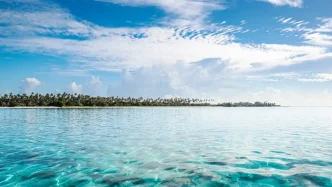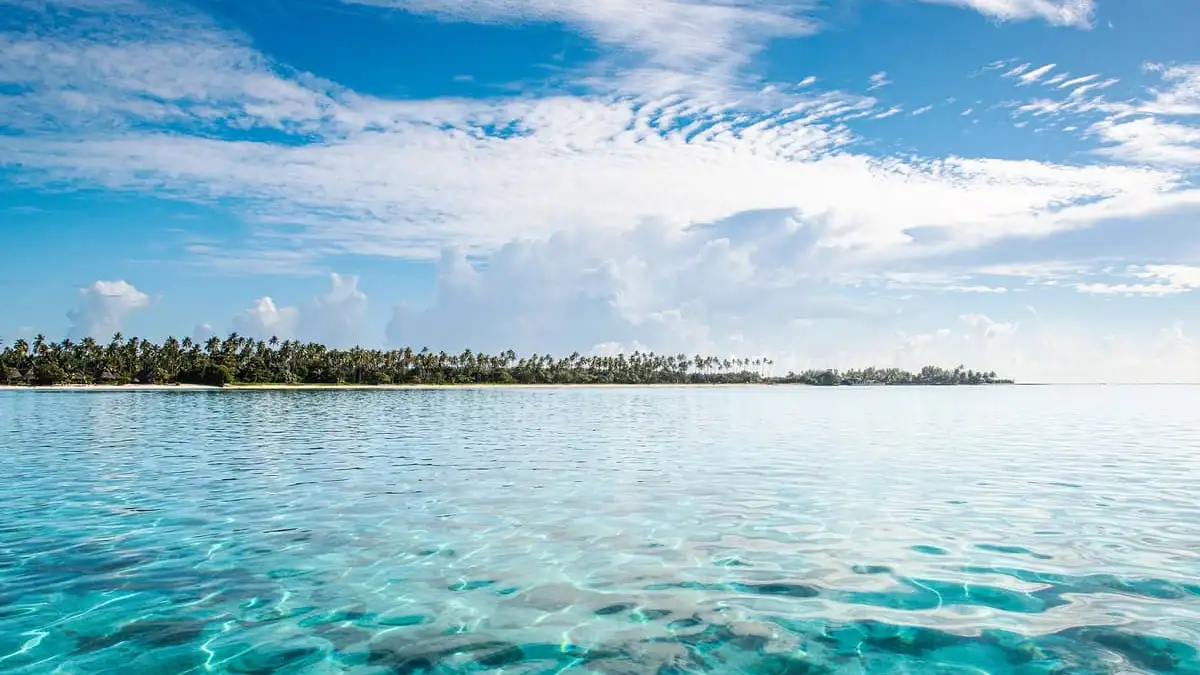In the heart of Southwest Papua lies Raja Ampat, a UNESCO Global Geopark often dubbed the world’s last paradise for its breathtaking marine biodiversity and pristine landscapes. Yet, beneath this idyllic surface, a bitter conflict brews between nickel mining operations and the region’s thriving tourism industry, exposing a fragile balance between economic gain and environmental preservation. Recent controversies surrounding mining activities on Gag Island and beyond have sparked debates over whether these two industries can coexist in such close proximity, raising questions about the future of this ecological gem.
A Clash of Interests in Paradise
The tension between mining and tourism in Raja Ampat came to a head in early June 2025, when the Indonesian government revoked most mining permits in the regency, with the notable exception of PT Gag Nikel, a subsidiary of state-owned mining company PT Aneka Tambang (Antam), which operates on Gag Island. This decision followed intense public and environmentalist scrutiny over the potential damage to Raja Ampat’s delicate ecosystems, which attract thousands of tourists annually for diving and nature expeditions. Despite the suspensions, PT Gag Nikel was allowed to continue, albeit under a temporary halt since June 5 for a government-led evaluation.
The stakes are high. Raja Ampat’s marine tourism is a cornerstone of the local economy, particularly during the peak season from October to April, when calm waters draw visitors to its coral reefs and karst formations. Mining, on the other hand, promises economic development through resource extraction, with nickel being a critical component for global industries like electric vehicle battery production. The question remains: can these industries share the same space without irreparable harm to the environment or local livelihoods?
Navigating the Rough Waters to Gag Island
Reaching Gag Island, the epicenter of the mining controversy, is no small feat. Located far west of Waisai, Raja Ampat’s main transit town on Waigeo Island, the journey takes around five hours by small boat equipped with twin outboard motors. The trip is arduous, with boats often slowing to avoid reefs and floating debris that could damage hulls or propellers. Even in calm weather, unpredictable conditions outside peak season—such as sudden storms or choppy seas—make travel risky. On June 19, 2025, heavy rain reduced visibility to a mere 150-250 meters, forcing travelers to veer off course multiple times before finding their way.
Upon arrival at Gag Island, visitors are met with tight security and restricted access. Despite prior permission from a Jakarta-based legal manager, entry to PT Gag Nikel’s mining site was denied to journalists in late June. Security personnel and community development staff offered vague explanations, citing safety protocols and the inconvenience of providing protective gear. One employee hinted at avoiding unwanted attention from external parties, while referencing a mysterious helicopter sighting over the island in recent days. Such opacity only fuels suspicion about the operations and their impact on the surrounding environment.
Community Tensions and Intimidation
The friction extends beyond corporate boundaries to local communities, where intimidation and restricted access have become commonplace. On Gag Island, attempts to document mining activities were met with hostility. A resident—or possibly a company worker—shouted threats to leave while a barge loaded with nickel ore was photographed, though no visible crowd backed the warning. Further encounters with unidentified boats and individuals tailing visitors added to the sense of unease, suggesting a concerted effort to shield operations from scrutiny.
Similar experiences have been reported elsewhere in Raja Ampat. Greenpeace Indonesia activists faced comparable tactics during a visit to Kawe Island, where PT Kawei Sejahtera Mining operates. Local communities holding customary land rights have also taken drastic measures, erecting barricades to block outsiders from Kawe and the iconic Wayag Island, known for its stunning karst formations. These blockades, which even prevented a local legislative councilor from entering, reflect deep-seated frustration and a desire to protect their territory from both mining and tourism pressures. On June 11, Southwest Papua Governor Elisa Kambu canceled a planned visit to Kawe due to security concerns.
On Manyaifun Island, where PT Mulia Raymond Perkasa had begun mineral exploration before its permit was suspended, a similar blockade was dismantled on June 25 after a truce brokered by local police. While calm has returned to some areas, the underlying tensions persist, highlighting the complex web of interests at play.
Environmental Costs of Nickel Extraction
The environmental toll of mining in Raja Ampat is a growing concern, though visible evidence from the sea is limited. On Gag Island, little can be seen of the inland mine’s impact beyond a few deforested patches and an old pier leading to the site. However, environmentalists warn that the true damage—such as soil erosion, water contamination, and habitat destruction—may be far more extensive beneath the surface. Raja Ampat’s status as a UNESCO Global Geopark underscores the global importance of its biodiversity, with over 1,500 species of fish and 75% of the world’s coral species found in its waters.
The government’s decision to suspend most mining permits signals an acknowledgment of these risks, yet the exemption for PT Gag Nikel raises questions about enforcement and oversight. Critics argue that allowing any mining in such a sensitive area undermines conservation efforts and threatens the tourism industry, which relies on the region’s unspoiled reputation. The temporary halt of operations on Gag Island for evaluation offers a glimmer of hope, but without transparent reporting or independent assessments, doubts linger about the long-term sustainability of this arrangement.
Economic Gains Versus Cultural Losses
For local communities, the mining controversy is not just about environmental degradation but also cultural preservation. Many indigenous groups in Raja Ampat view their land and seas as sacred, integral to their identity and way of life. Mining operations, often accompanied by deforestation and pollution, are seen as slitting open the earth’s skin a visceral metaphor for the irreversible harm they fear. While some residents may benefit from jobs or compensation offered by mining companies, others feel their heritage and future are being traded for short-term economic gains.
Tourism, though less invasive, is not without its challenges. Overcrowding during peak seasons and poorly regulated development can strain local resources and disrupt traditional practices. Yet, many argue it offers a more sustainable path, with revenue directly supporting community initiatives and conservation efforts. The blockade of Wayag Island by locals, while a protest against mining, also halts tourism—a double-edged sword that isolates communities from both threats and opportunities.
Can Coexistence Work?
The notion that mining and tourism can coexist in Raja Ampat is a contentious one, pushed by stakeholders with vested interests. PT Gag Nikel’s staff, during brief interactions, insisted that tensions arose not from the industries’ fundamental incompatibility but from logistical challenges in balancing them. However, the lack of access to mining sites and the palpable hostility encountered by outsiders suggest a deeper rift. Without clear regulations, community engagement, and rigorous environmental monitoring, any attempt at coexistence risks favoring profit over preservation.
Indonesia’s broader push for nickel production, driven by global demand for green technologies, adds another layer of complexity. Raja Ampat’s reserves are a small but symbolically significant part of this national agenda. Balancing this economic imperative with the region’s ecological and cultural value will require more than temporary suspensions or evaluations—it demands a fundamental rethinking of development priorities.
Looking Ahead
As Raja Ampat stands at this crossroads, the path forward remains uncertain. Will the government’s evaluation of PT Gag Nikel’s operations lead to stricter safeguards, or merely a return to business as usual? Can local communities reclaim control over their lands without sacrificing economic opportunities? And most critically, will the world’s last paradise retain its allure, or succumb to the scars of industrial ambition? For now, the turquoise waters of Raja Ampat conceal a battle that could shape the future of conservation and development in Indonesia—and beyond.















